

Get the latest news and information on world heritage, China heritage, heritage sites, heritage museums and heritage arts
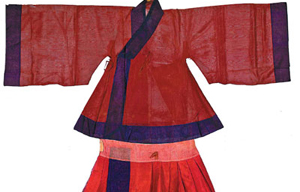 Garments from Ming and Qing dynasties are on display.The exhibition, which presents about 200 garments in Shandong's provincial capital Jinan, features clothes worn by emperors, nobles and ordinary people.
Garments from Ming and Qing dynasties are on display.The exhibition, which presents about 200 garments in Shandong's provincial capital Jinan, features clothes worn by emperors, nobles and ordinary people.
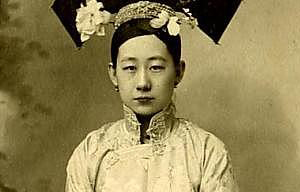 Photos of emperor's concubines in Qing Dynasty
Photos of emperor's concubines in Qing Dynasty
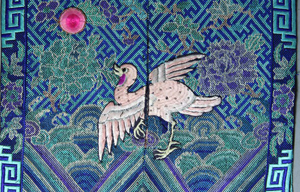 Clothing has always been the first thing to change following with the birth of a new Chinese dynasty, says Fang Hongjun, who has studied Qing Dynasty (1644-1911) clothing for 24 years at Beijing's Palace Museum.
Clothing has always been the first thing to change following with the birth of a new Chinese dynasty, says Fang Hongjun, who has studied Qing Dynasty (1644-1911) clothing for 24 years at Beijing's Palace Museum.
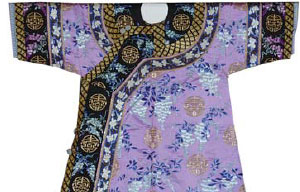 An exhibition at the Shandong Provincial Museum is displaying a large selection from the Ming (1368-1644) and Qing (1644-1911) dynasties' wardrobes.
An exhibition at the Shandong Provincial Museum is displaying a large selection from the Ming (1368-1644) and Qing (1644-1911) dynasties' wardrobes.
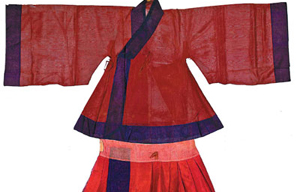 Ming Dynasty clothes belonging to Confucius' aristocratic descendants are among the best-preserved of the era and offer hints of lost textile arts.
Ming Dynasty clothes belonging to Confucius' aristocratic descendants are among the best-preserved of the era and offer hints of lost textile arts.
Authorities of the Tibet autonomous region have added 10 more intangible assets of Lhasa onto its preservation list.
Taoist abbot Yuan Zhihong has a complicated attitude toward money: He knows his temple needs funds to make ends meet, but the commercialization of religious venues is affecting their sacred status.
 Sichuan opera is one of the oldest forms of Chinese opera, distinguished by face-changing, fire-spitting and other stunts.
Sichuan opera is one of the oldest forms of Chinese opera, distinguished by face-changing, fire-spitting and other stunts.
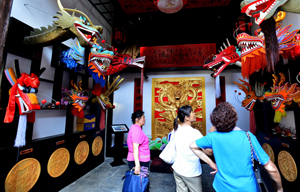 Prior to storing water at the Three Gorges Dam in Hubei province, a cultural relics protection zone was built at the Mount Phoenix scenic area in Zigui county, located across from the dam.
Prior to storing water at the Three Gorges Dam in Hubei province, a cultural relics protection zone was built at the Mount Phoenix scenic area in Zigui county, located across from the dam.
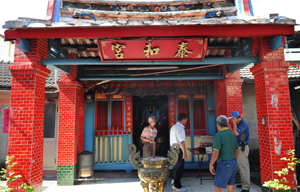 There is a place called Qu village located in Zhanghua city, Taiwan province that has over two hundred people who have the surname Qu.
There is a place called Qu village located in Zhanghua city, Taiwan province that has over two hundred people who have the surname Qu.
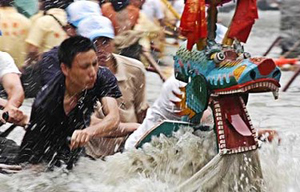 For thousands of years, the festival has been marked by eating zong zi (glutinous rice wrapped to form a pyramid using bamboo or reed leaves) and racing dragon boats.
For thousands of years, the festival has been marked by eating zong zi (glutinous rice wrapped to form a pyramid using bamboo or reed leaves) and racing dragon boats.
 What does Dragon Boat Festival mean? That may be of little concern to those who spend this traditional festival in their own particular way.
What does Dragon Boat Festival mean? That may be of little concern to those who spend this traditional festival in their own particular way.